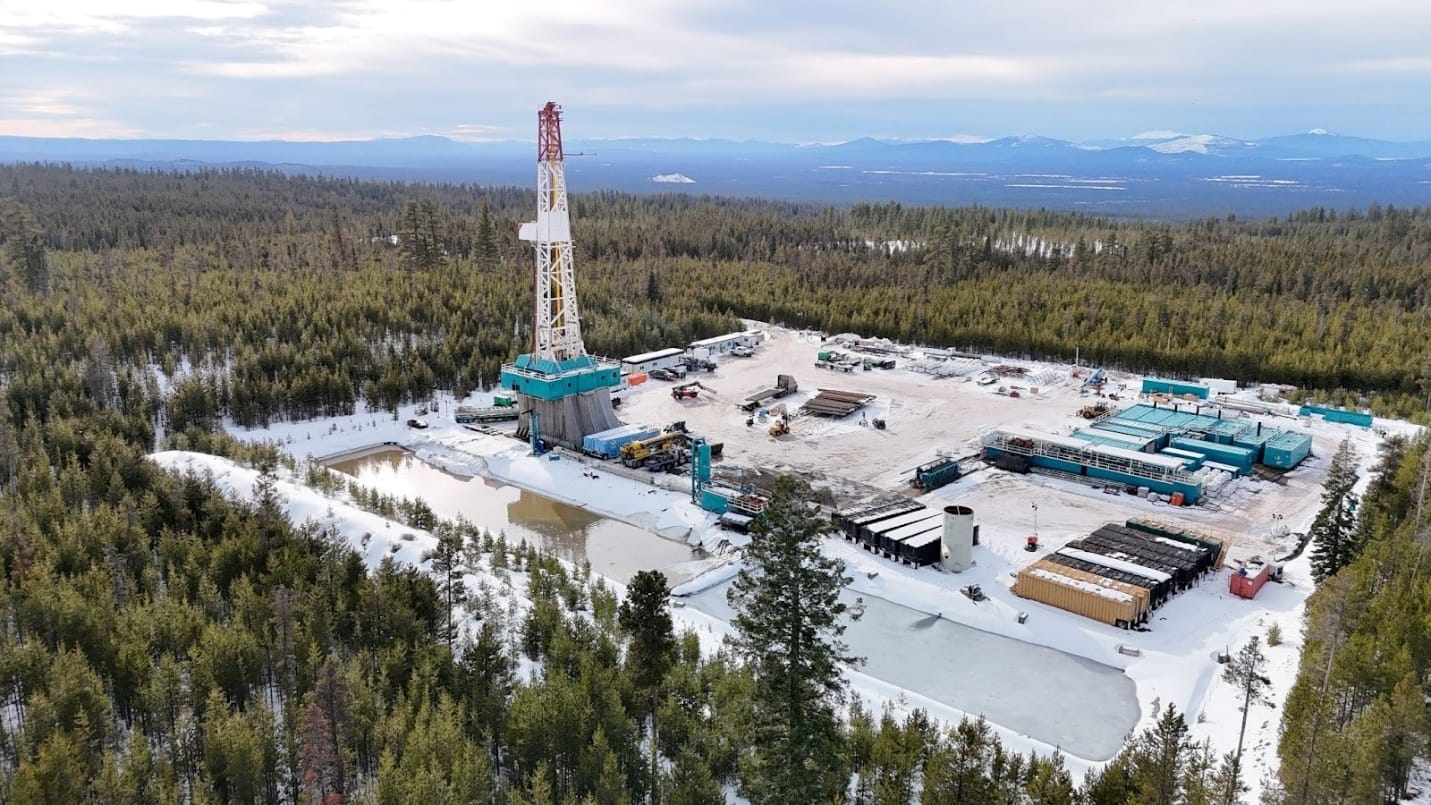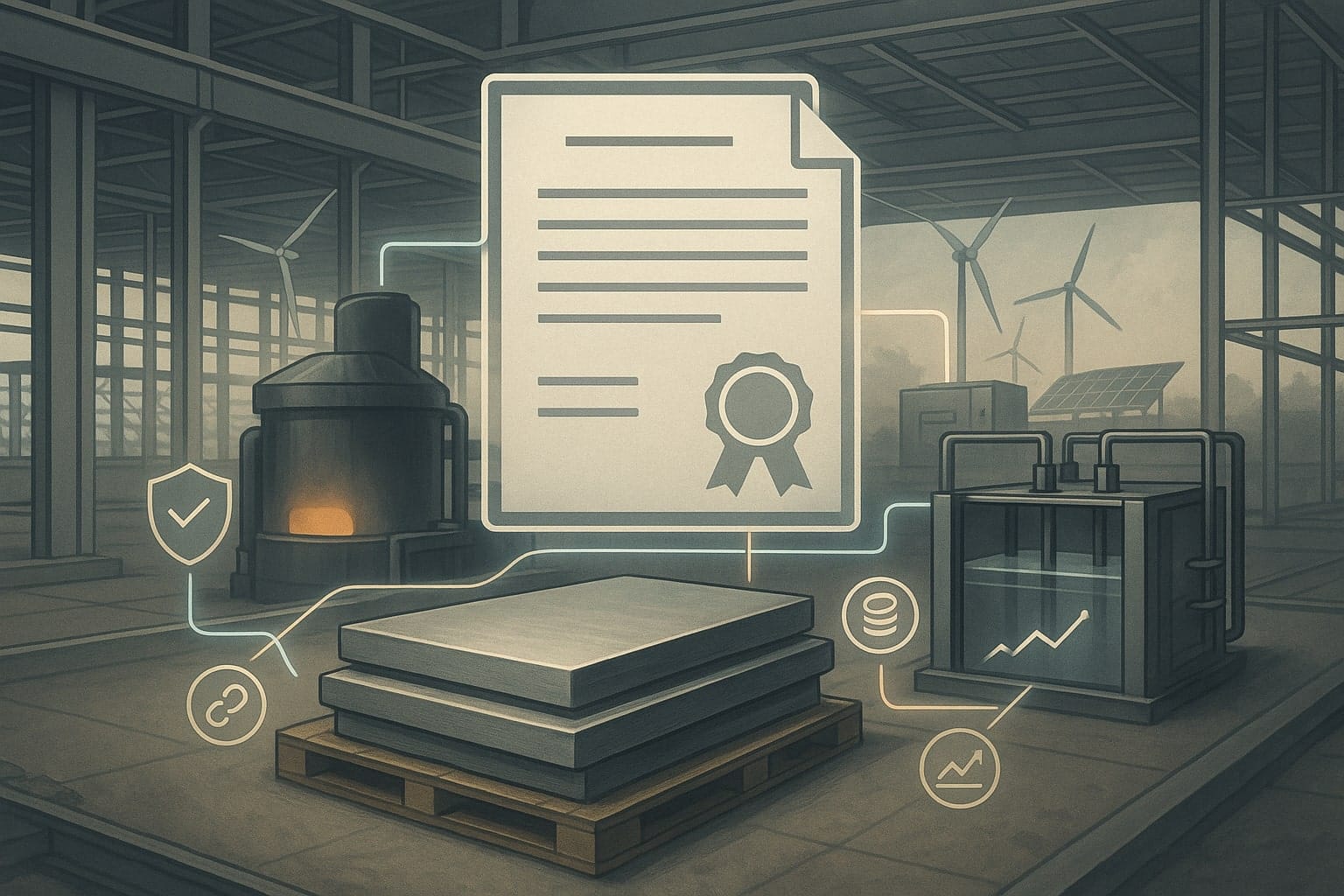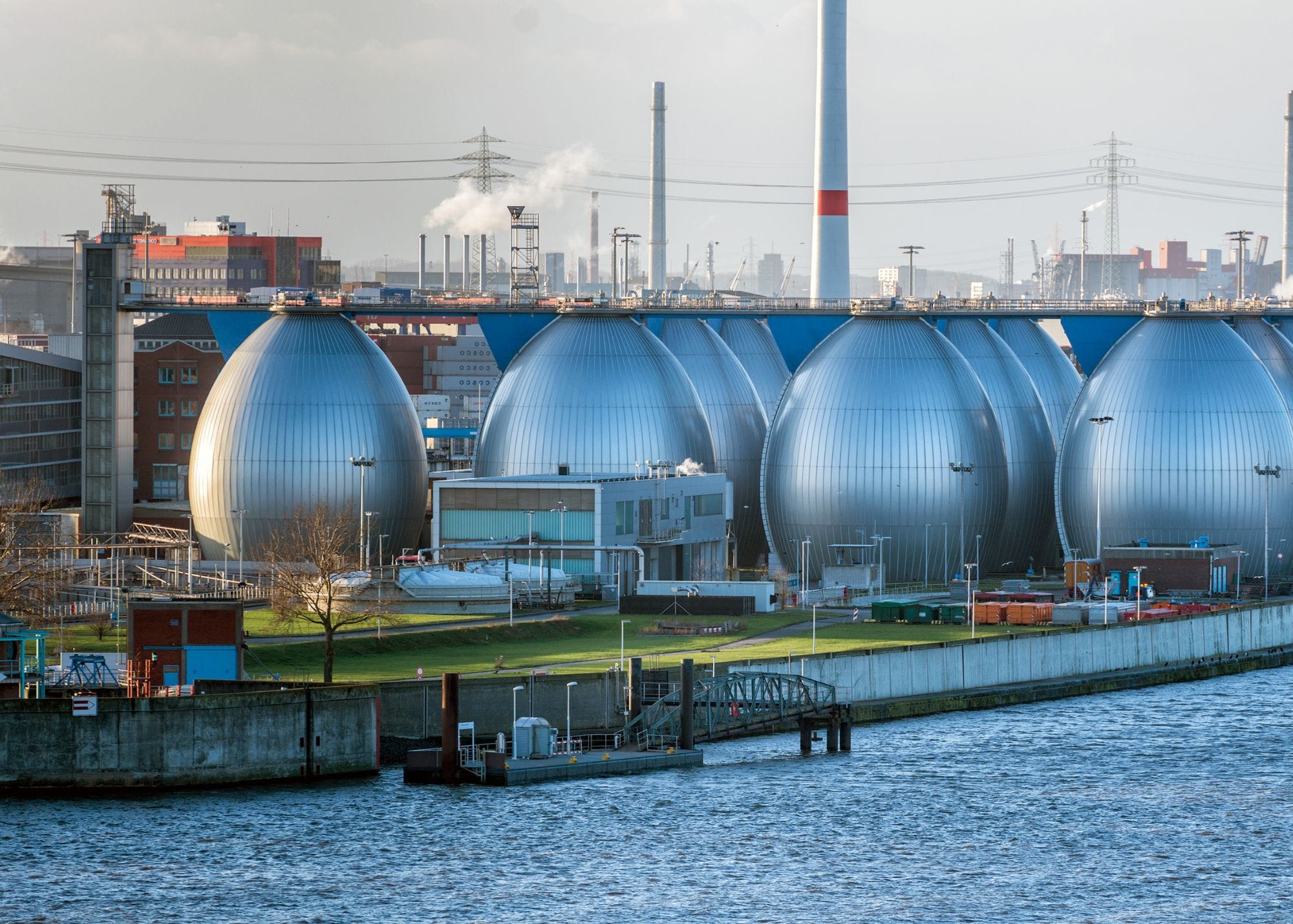The United Kingdom has taken a significant step towards its net-zero emissions goal by committing £2 billion to 11 green hydrogen projects across England, Scotland, and Wales. This investment aims to enhance the nation’s clean energy infrastructure and stimulate economic growth through job creation.
Table of Contents
ToggleBackground and Context
Green hydrogen, produced via electrolysis using renewable energy sources, is pivotal in the UK’s strategy to decarbonize sectors that are challenging to electrify, such as heavy industry and transportation. The UK government has set an ambitious target to achieve up to 10GW of low-carbon hydrogen production capacity by 2030, with at least half derived from electrolytic hydrogen. This recent £2 billion investment is a crucial component of this plan, aiming to establish the UK as a leader in the global hydrogen economy.
Funding Details and Government Support
Announced in December 2023, the £2 billion funding package is designed to support the development and operation of 11 green hydrogen projects. The government will provide revenue support through the Hydrogen Production Business Model, ensuring a guaranteed price for the hydrogen produced, thereby offering financial stability to investors and developers. This initiative is expected to unlock over £400 million in private investment over the next three years and create more than 700 jobs.
In the Autumn Budget presented on October 30, 2024, Chancellor Rachel Reeves reaffirmed this commitment, confirming the allocation of funds to these projects. This move underscores the government’s dedication to advancing green hydrogen as a cornerstone of the UK’s clean energy strategy.
The selected projects are distributed across various regions, including Bridgend, East Renfrewshire, and Barrow-in-Furness, reflecting a nationwide effort to promote green hydrogen production. Each project is poised to contribute significantly to local economies and the national energy grid, supporting the UK’s transition to a sustainable energy future.

Overview of the 11 Green Hydrogen Projects
The UK government’s £2 billion investment supports 11 green hydrogen projects across England, Scotland, and Wales, each contributing uniquely to the nation’s clean energy landscape. Notable projects include:
- Cromarty Hydrogen Project: A collaboration between ScottishPower and Storegga in Scotland, aiming to produce green hydrogen to decarbonize local industries.
- Whitelee Green Hydrogen Project: Located at ScottishPower’s Whitelee wind farm near Glasgow, this project plans to utilize renewable energy for hydrogen production.
- Barrow Green Hydrogen Project: Developed by Carlton Power in North West England, this project is set to contribute significantly to the region’s clean energy supply.
- HyBont Project: Marubeni Europower’s initiative in Bridgend, Wales, focusing on green hydrogen production and refueling facilities, partially powered by dedicated solar and wind farms.
- Aberdeen Hydrogen Hub: A joint venture between BP and Aberdeen City Council, providing cleaner fuel for the local fleet of electric buses.
These projects are strategically distributed to maximize regional benefits and contribute to the UK’s overall decarbonization goals.
Strategic Objectives and Impact
The UK’s investment in green hydrogen aligns with several strategic objectives:
- Decarbonization: Reducing carbon emissions in hard-to-electrify sectors such as heavy industry and transportation.
- Energy Security: Enhancing domestic energy production to reduce reliance on imported fossil fuels.
- Economic Growth: Stimulating job creation and attracting private investment, with projections of over 700 jobs and £400 million in private investment.
By advancing these projects, the UK aims to establish itself as a leader in the global hydrogen economy, setting industry standards and fostering innovation.
Broader Industry Implications and Global Leadership
The UK’s commitment to green hydrogen positions it at the forefront of the global transition to clean energy. These projects serve as benchmarks for other nations, demonstrating the feasibility and benefits of large-scale green hydrogen production. The UK’s approach encourages international collaboration and investment, reinforcing its role as a pioneer in sustainable energy solutions.
Furthermore, the development of a robust green hydrogen infrastructure supports the UK’s export potential, offering expertise and technology to global markets. This leadership not only contributes to global decarbonization efforts but also enhances the UK’s economic resilience and competitiveness in the emerging green economy.
Challenges and Future Outlook
While the UK’s investment in green hydrogen marks a significant advancement, several challenges must be addressed to realize its full potential:
- Infrastructure Development: Establishing a comprehensive hydrogen transport and storage network is essential. The UK government has outlined a pathway for hydrogen transport and storage networks, emphasizing the need for regulatory frameworks and infrastructure investment.
- Cost Competitiveness: Green hydrogen production remains more expensive than traditional fossil fuels. Efforts to reduce production costs through technological advancements and economies of scale are crucial. The Royal Society highlights the importance of rapid development to meet net-zero targets by 2050.
- Market Demand: Ensuring sufficient demand for green hydrogen is vital for project viability. The industry faces a ‘chicken and egg’ problem, where producers are hesitant due to uncertain demand, and potential users are reluctant due to limited supply. Addressing this requires coordinated policy measures and market incentives.
Looking ahead, the UK aims to deploy up to 10GW of low-carbon hydrogen production capacity by 2030, with at least half from electrolytic hydrogen. Achieving this goal will depend on continued government support, private investment, and technological innovation. The recent funding announcements and strategic plans indicate a strong commitment to overcoming these challenges and positioning the UK as a leader in the global hydrogen economy.
Conclusion
The UK’s £2 billion investment in green hydrogen projects represents a pivotal step towards a sustainable energy future. By addressing current challenges and leveraging strategic opportunities, the UK is poised to achieve its net-zero ambitions and set a global standard for clean energy development.












